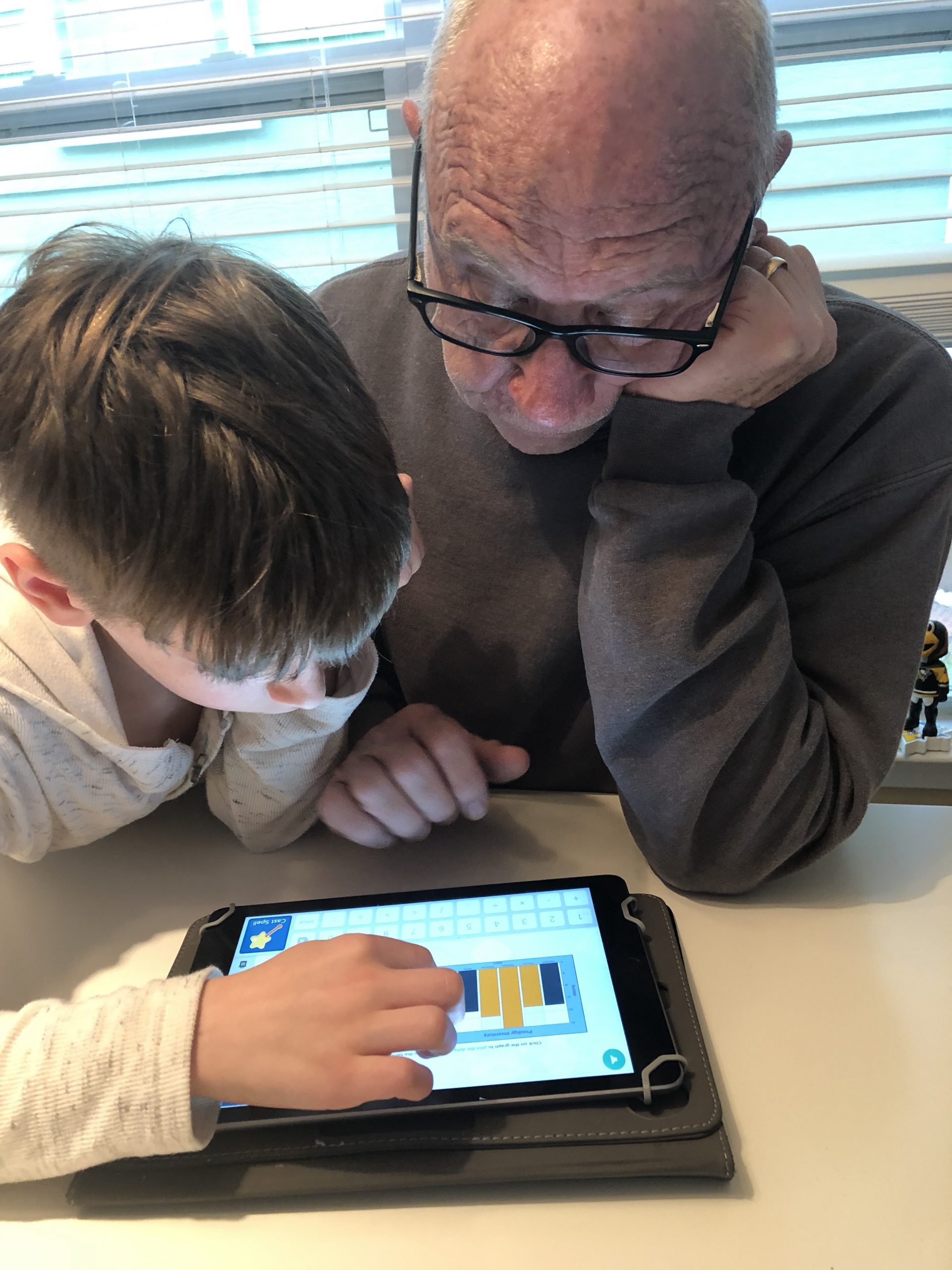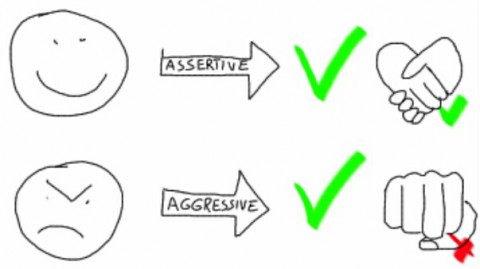Disorders that affect thinking and perception exists today with students. A disability refers to a student’s ability to plan, comprehend and reason. Usually, a student with an IQ between 70-75 or lower is considered as having a cognitive disability. Disorders affect learning and create behavior problems in and out of the classroom. Some of these disabilities include autism, Down Syndrome and traumatic brain injury. Furthermore, lesser disorders are ADD (attention deficit disorder), problems in reading and in math.
Common Cognitive Disorders
Mild forms of cognitive disabilities account for about 85 percent of all disabilities. Furthermore, students in this group have IQs between 55 and 70. These students are in the regular classroom. They have difficulty remembering what was once taught. In addition, students have a difficult time with predictions. Students with a cognitive disorder have a short attention span and have a hard time with new situations.
An IQ test diagnoses types of disorders. And, their causes stem from injury, disease, a brain abnormality or genetics. However, for many students, the cause of the disability is not known. And, many students are left undiagnosed. Some parents refuse testing.
What To Do
Special education services are often available to students with cognitive disorders. In addition, most students stay in the regular classroom. They do well in regular education classes with the help of support services. Also, they do well with some simple adaptations from the classroom teacher. Classroom lessons must follow in accordance to the special services recommendations. Some simple ideas are as follows:
• Break assignments down into understandable concepts. Also, adjust reading and math assignments to the student’s ability level (differentiated instruction).
• Give answers that include word banks, cloze passages and true/false responses.
• Written, illustrated or models are acceptable responses from students.
• Provide a choice for tasks for the student to complete.
• And, teach self-monitoring skills with goals set by students.
These are only a few suggestions. A student with an IEP will have more strategies and accommodations in their plan.
Teaching a student with a low IQ is difficult. The key is to understand and to be patient. In addition to understanding, both parents and teachers must know the student’s strengths and weaknesses. And, they must work together for success of the student. Also, they must know the student’s capabilities and learning styles. Lastly, encourage all students as they work.
![]()



